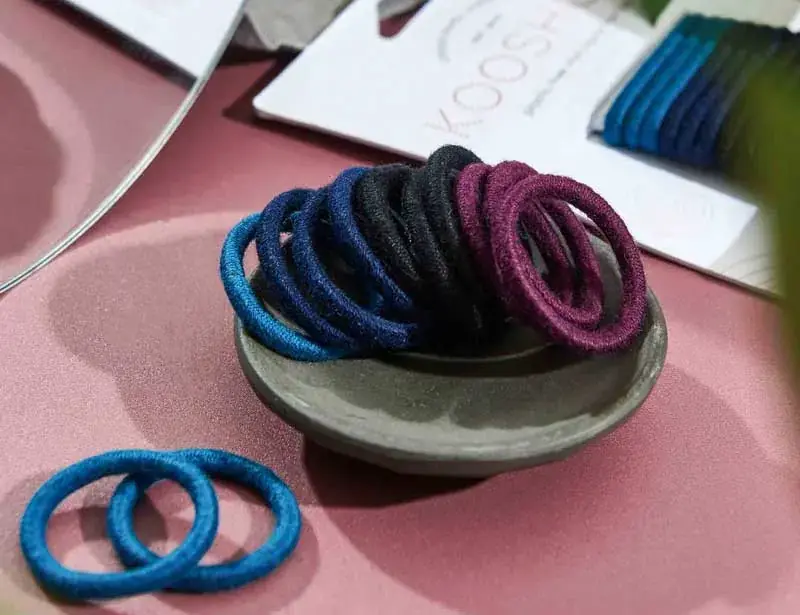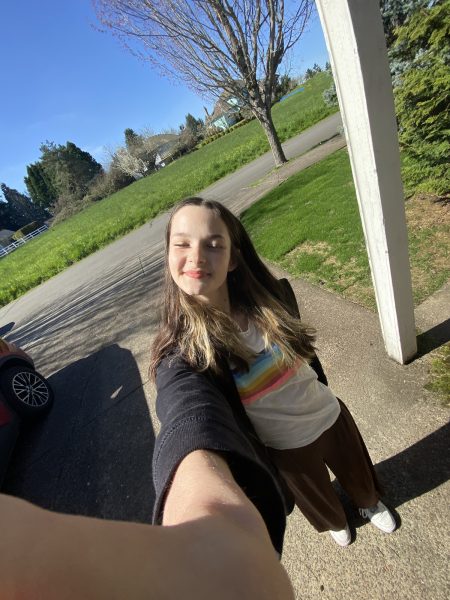Eco Hair Ties Save Animal Lives
There are several sustainable options for hair ties.
May 25, 2023
Have you ever bought a new pack of hair ties, worn them a few times and then they disappear? This isn’t something that just happens to you. With 84 million frequent hair tie wearers, on average, each person loses 65 hair ties a year. That’s over 5.4 billion hair ties lost per year. That’s around 15 million a day. Since these astounding numbers have been revealed, companies have been launching compostable and sustainable hair ties.
Hair ties were not always made of plastic, in fact, they were made out of ribbons, fabric, and leather. In the 17th century modern hair ties were worn by men; they were a symbol of strength and masculinity. Tiyproducts.com says, “…men of the Manchu people in Northeast China shaved the fronts of their heads and grew the hair on top long, often braiding it. This style was imposed on Han Chinese men during the Manchu conquest of China in the early 17th century.” The Manchu people weren’t the only ones to tie their hair back: Wealthy European men tied their hair in a tail-like style called a “queue” which comes from the French word for tail. These tails were usually secured with a pin or a small bag called a “caul”. It wasn’t until 1950 when the hair ties that we use today were introduced.
Hair ties are made of polyester and synthetic rubber. Sustainably-chic.com states, “Those do not decompose when they end up in nature or landfills and might take hundreds, if not thousands of years to break down. During that time, those tiny plastic elastics are polluting natural ecosystems and are a threat to animals’ lives.” Hair ties can often be wrapped around an animal’s mouth preventing them from eating. Other wildlife can break them into small little pieces to create a choking hazard.
If you are interested in hair ties that are better for the environment and also work great for your hair, there are several sustainable hair tie brands to choose from. Kooshoo is one of those brands which carries plastic free hair ties that come in a variety of colors and different styles usually for $12 for a pack. Kooshoo.com says, “Our natural rubber will take anywhere from 1 to 10 years to fully biodegrade.” Considering conventional hair ties can take over 500 years to decompose, 10 years doesn’t sound so bad.
Another brand of biodegradable hair ties is Sustain by Kat, which offers plant dyed hair ties and scrunchies. Their hair ties come in a wide variety of colors and a couple different styles. They don’t just carry hair ties but sustainable eye masks and scarves too.
Although most of the time these environmentally-friendly hair ties aren’t always the cheapest option, and not everyone can afford them, you can still help the environment by reusing your hair ties. For instance, you might consider setting up an organizer so that your hair ties will not be lost as often. Even if you are attached to your brand of hair ties that you use frequently, it wouldn’t hurt to give biodegradable hair ties a chance.






